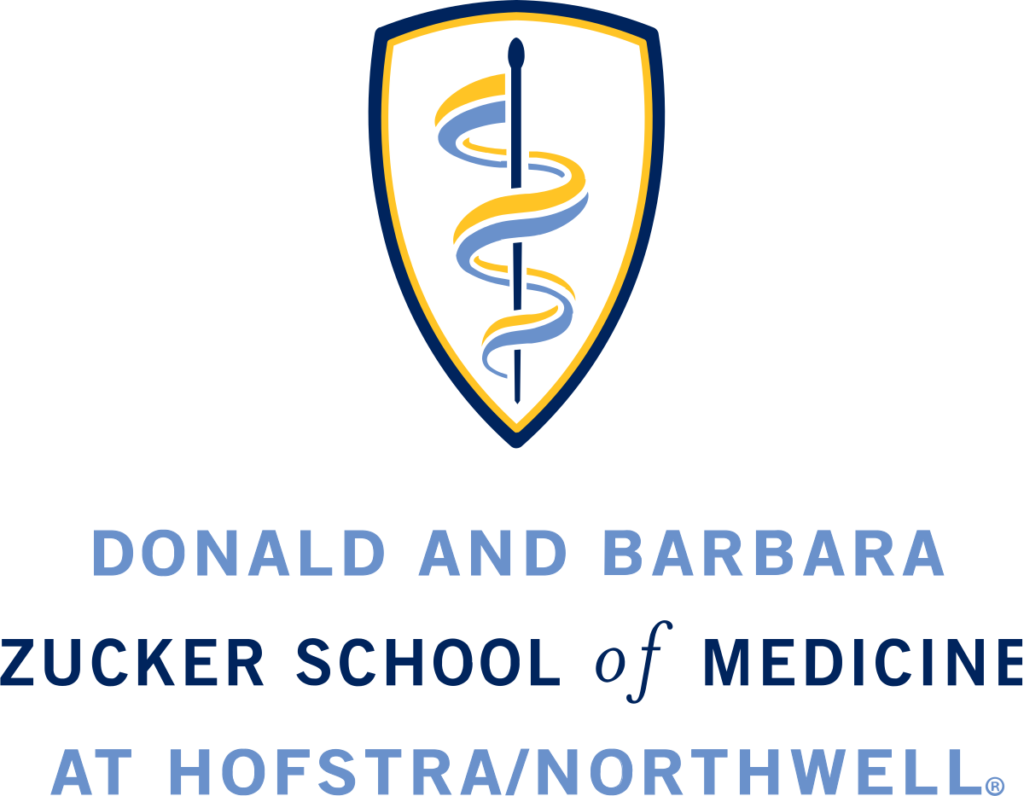[et_pb_section][et_pb_row][et_pb_column type=”3_4″][et_pb_text admin_label=”Text” background_layout=”light” text_orientation=”left” use_border_color=”off” border_color=”#ffffff” border_style=”solid”]
What the heck is syncope, anyway?
“Oh, you know, it’s when you pass out.” – Okay. After an overnight shift, I usually syncopize for a period of at least 3-4 hrs. before I regain consciousness. I typically have complete amnesia during this period.
“No, no, it’s not just going to sleep at night.” – Oh, I get it. After an overnight, I’m usually passed out in the daytime, so then syncope?
“You’re deliberately being obtuse.” – YES, BUT YOU KEEP SENDING ME AN ARTICLE THAT LISTS TRAUMA AS AN EXCLUSION IN ITS SYNCOPE COHORT. And I assume if I claimed syncope after a shovel to the head, you’d say I was being argumentative. Here’s the thing: syncope is a symptom, but the usefulness of the term relies on a specific clinical context. It’s time we reminded everyone what that context was. Here we go:
Pt. presents to the ED and is unresponsive to verbal and physical stimuli. -NOT SYNCOPE. (When you don’t wake up we call that a coma.)
Pt. was unresponsive at home, then EMS administered IV glucose and the patient returned to consciousness. -NOT SYNCOPE.
Pt. lost consciousness, EMS records a blood pressure of 82/40 and brings the pt. to the ED lethargic and pale. -NOT SYNCOPE.
Pt. was hit in the head with a shovel, lost consciousness, then awoke minutes later. – NOT SYNCOPE. (But could conceivably have been in the PESIT study? No, surely not. Right? So why would you have to list trauma as an exclusion criteria? Because some patients sprained their ankle when they passed out?)
Okay, we’re fine with agreeing on exclusions, but do we have a definition? How’s this- Syncope is the loss of consciousness with loss of postural tone, for a brief transient period, with spontaneous resolution and quick return to baseline. When a pt. has “syncope” and awakens with a severe headache, neck rigidity, and vomiting, my brain doesn’t categorize it as “syncope” any more than in the above examples. When a patient syncopizes and then is found to be tachycardic, febrile and hypotensive I don’t apply any brainpower at all to the question of why they lost consciousness. Similarly, the “syncope” pts. in the PESIT study who presented with tachycardia, hypoxia, and a large swollen extremity most likely did not need any study protocol to inform their clinicians as to the next test to order. (What to do with the up to 25% who didn’t have suggestive symptoms is another matter.)
There is a specific clinical scenario when keeping this definition in mind is helpful: the unwitnessed loss of consciousness patient, and the ever present seizure vs. syncope battle:
As a student, I learned from my textbook how to differentiate the two and faithfully repeated these criteria to my attendings: witnessed shaking movements, loss of bowel or bladder, post-ictal period. As a resident I witnessed a 62 yo patient collapse to the floor, twitch and shake, roll her eyes backwards until I couldn’t see the colored parts of her eyes and pee herself. This display was quickly followed by 200J to defibrillate her out of her pulseless V. tach. Following that episode, it became apparent to me that there is significant overlap in distinguishing these two entities. (It was also impressed upon me that new-onset seizures in a 62 yo are much less likely than a cardiac cause for the loss of consciousness.)
But there was one textbook element that DID hold up: tongue-biting, particularly the presence of a lateral tongue bite. Go back up to our definition- see “loss of postural tone”? It’s very hard to bite your tongue when you go limp and collapse. If you are unlucky enough to hit your chin on a desk on the way down, you may confuse your clinician, but even then you will sustain a tip of the tongue bite, not a lateral one. While other features of seizure vs. syncope may live in the grey zone of Bayesian pre- and post-test, treat a lateral tongue bite as a PPV of “you had me at hello.” (Spec. 99-100%, LR 8-22)
Epilepsy Behav. 2012 Oct;25(2):251-5
[/et_pb_text][/et_pb_column][et_pb_column type=”1_4″][et_pb_text admin_label=”Text” background_layout=”light” text_orientation=”left” use_border_color=”off” border_color=”#ffffff” border_style=”solid”]

[/et_pb_text][et_pb_text admin_label=”Text” saved_tabs=”all” global_module=”2582″ background_layout=”light” text_orientation=”left” use_border_color=”off” border_color=”#ffffff” border_style=”solid”]
Pik Mukherji
Program Director, Emergency Medicine, Northwell Health
Dr. Mukherji is the Residency Director at LIJ Medical Center in New Hyde Park, NY. He spends most of his time confusing residents and trying to convince doctors that they overestimate the benefits of treatment and underestimate the harms. He has a passion for education and trying not to do things wrong.
[/et_pb_text][/et_pb_column][/et_pb_row][/et_pb_section]


